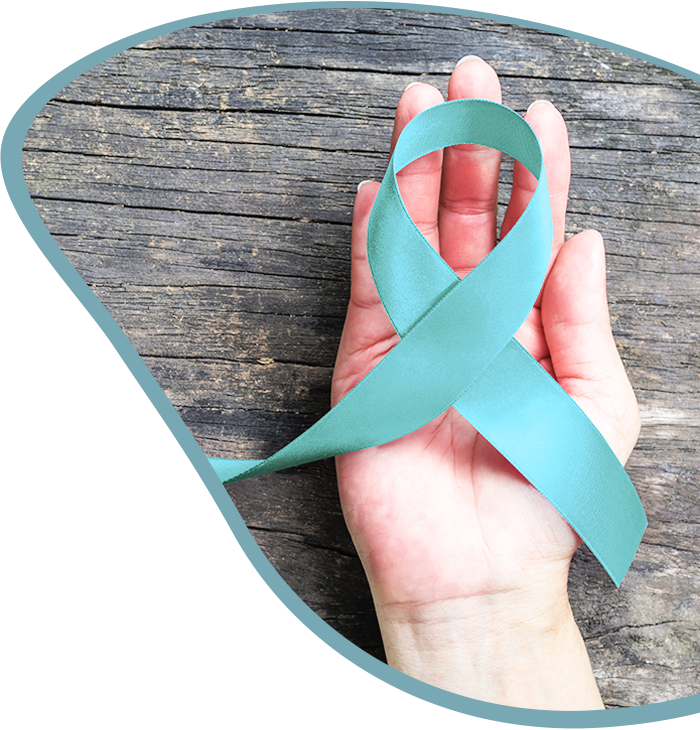Calculation of glomerular filtration rate

Understanding the Glomerular Filtration Rate (GFR) (that is, the rate at which the kidneys filter our blood) can help you learn how to take control and slow down the progress of your condition.
What stage am I at?
There are five stages of kidney disease. The glomerular filtration rate - widely accepted as the best measure of kidney function - allows specialists to understand the stage of kidney disease, with the aim of providing better kidney care. This understanding can help you learn how to take control and slow down the progress of your condition.
The determination of GFR levels requires a simple blood test, specifically creatinine. You can use this tool to determine the stage of kidney disease you are currently at.
What does your GFR result mean?
A completely healthy kidney function is measured at a glomerular filtration rate (GFR) of approximately 100, which means that the kidneys are functioning at 100% capacity. Kidney function is still considered normal if GFR is 90 or greater. If your GFR, for example, is 45, you know that your kidneys function at about 45% of the normal rate.
| Stages of Chronic Kidney Disease |
Description of Kidney Function |
Percentage of Kidney Capacity (%) |
|
|---|---|---|---|
| 1st Stage | Normal kidney function | >= 90 ml/min |  |
| 2nd Stage | Kidney damage, with mildly reduced kidney function | 89-60 ml/min |  |
| 3rd Stage | Kidney failure, with moderately reduced kidney function | 59-30 ml/min |  |
| 4th Stage | Kidney failure, with severely reduced kidney function | 15-29 ml/min |  |
| 5th Stage | End-stage kidney disease | <15 ml/min |  |
See what happens at different stages of kidney disease below
1st Stage
Quantitatively normal kidney function. The check-up should include a urinalysis to detect the possibility of hematuria and/or proteinuria.
Symptoms
None
Patient Interventions
- Appointment to see a nephrologist for evaluation if there are abnormal values in the urinalysis
- Participation in optimal sugar regulation (for diabetics)
- Balanced diet, sodium restriction
- Quitting smoking (if you smoke)
- Treating obesity
- Physical activity for half an hour a day
Doctor Interventions
- Excellent sugar regulation
- Excellent blood pressure regulation
- Dietary advice
- Administration of medication to protect the kidneys
- Diagnostic tests (albumin measurement, immunological tests, kidney biopsy) to diagnose the cause of kidney damage if present.
2nd Stage
Renal function begins to decline, hypertension may occur, blood or protein in the urine, or anatomical damage to the kidney may occur.
Symptoms
None
Patient Interventions
- Appointment with a nephrologist every 4-6 months
- Participation in optimal sugar regulation (for diabetics)
- Excellent blood pressure regulation
- Balanced diet – sodium restriction
- Quitting smoking (if you smoke)
- Treating obesity
- Physical activity for half an hour a day
Doctor Interventions
- Diagnostic tests (albumin measurement, immunological tests, kidney biopsy) to diagnose the cause of kidney damage
- Excellent sugar regulation
- Excellent blood pressure regulation
- Dietary advice
- Administration of medication to protect the kidneys
- Assessment of the annual decline of GFR (Glomerular Filtration Rate)
3rd Stage
Kidney failure becomes more serious, with moderately reduced renal function.
Symptoms
Leg swelling, hypertension, and anemia can occur.
Patient Interventions
- Appointment with a nephrologist every 3-6 months
- Participation in optimal sugar regulation (for diabetics)
- Excellent blood pressure regulation
- Balanced diet
- Sodium restriction
- Quitting smoking
- Treating obesity
- Physical activity for half an hour a day
Doctor Interventions
- Diagnostic tests for kidney damage (albumin measurement, immunological tests, kidney biopsy)
- Administration of medication to protect the kidneys
- Assessment of the annual decline of GFR (Glomerular Filtration Rate) 4 times a year
- Reduction of the progression rate of kidney disease
- Total cardiovascular risk assessment and reduction
- Dose adjustment of some medications
- Screening for possible complications associated with Chronic Kidney Disease (anemia, calcium – phosphorus disorders, metabolic acidosis) every 3 months
- Avoiding nephrotoxic drugs
4th Stage
Severe renal failure, one stage before end-stage kidney disease.
Symptoms
One or more of the following may occur:
Nausea; anorexia; feeling easily fatigued; muscle cramps; swelling in the legs, ankles, and hands; dry itchy skin; need for frequent urination, especially at night.
Patient Interventions
- Appointment with a nephrologist every 1-3 months
- Excellent blood pressure regulation
- Diet adapted to kidney failure, in accordance with the instructions of a nephrologist
- Quitting smoking (if you smoke)
- Treating obesity
- Physical activity for half an hour a day
- Limiting sodium in your diet
Doctor Interventions
- Diagnostic tests for kidney damage (albumin measurement, immunological tests, kidney biopsy)
- Administration of medication to protect the kidneys
- Reduction of the progression rate of kidney disease
- Total cardiovascular risk assessment and reduction
- Dose adjustment of some medications
- Assessment of renal function 6 times a year
- Screening for possible complications associated with Chronic Kidney Disease (anemia, calcium – phosphorus disorders, bone disease, metabolic acidosis) every 2-3 months, and treating them
- Dietary advice
- Avoiding nephrotoxic drugs
- Preparation for hemodialysis / peritoneal dialysis / transplantation
5th Stage
Very severe kidney failure that requires the replacement of renal function (hemodialysis, peritoneal dialysis or transplantation)
Symptoms
One or more of the following may occur:
Nausea; anorexia; feeling easily fatigued; muscle cramps; swelling in the legs, ankles, and hands; dry itchy skin; need for frequent urination, especially at night.
As in stage 4, but the symptoms may be more severe.
Patient Interventions
- Excellent blood pressure regulation
- Diet adapted to kidney failure, in accordance with the instructions of a nephrologist
- Quitting smoking (if you smoke)
- Physical activity for half an hour a day
Doctor Interventions
- Hemodialysis
- Peritoneal dialysis
- Kidney transplant

